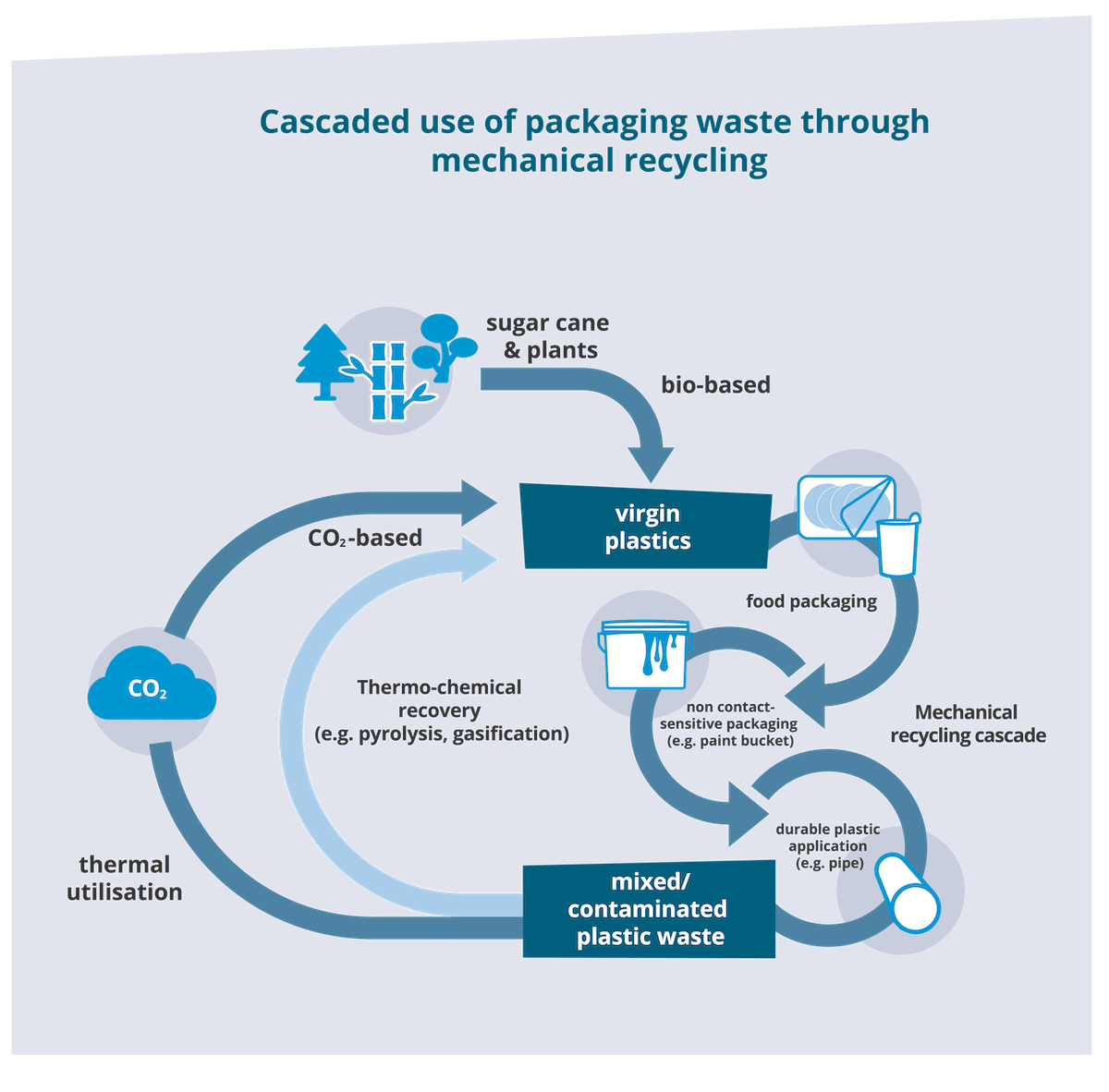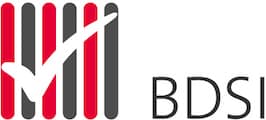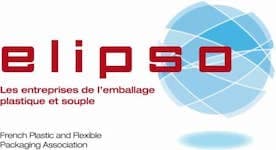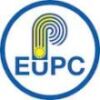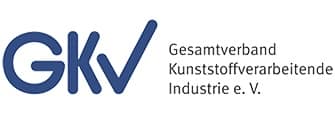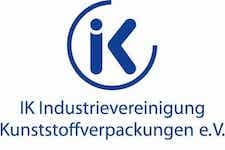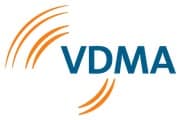Certificates for recyclates
PROTECTING SUPPLY CHAINS – MAKING WISER USE OF RECYCLED MATERIALS
The use of recycled plastics reduces dependence on fossil raw material imports and CO2 emissions. In order to increase the demand for recycled materials, the EU Commission has proposed binding recyclate use quotas of between 10 and 35 % for the plastic content in packaging from 2030 on – an important political signal on increasing investment in the circular economy. Nevertheless, by 2030, there will not be enough recyclates of the required quality to meet demand in the packaging market. Greater flexibility in the use of recyclates is urgently needed to protect supply chains and to enable the most economically efficient use of recyclates.
Certificates for recyclates
PROTECTING SUPPLY CHAINS – MAKING WISER USE OF RECYCLED MATERIALS
The use of recycled plastics reduces dependence on fossil raw material imports and CO2 emissions. In order to increase the demand for recycled materials, the EU Commission has proposed binding recyclate use quotas of between 10 and 35 % for the plastic content in packaging from 2030 on – an important political signal on increasing investment in the circular economy. Nevertheless, by 2030, there will not be enough recyclates of the required quality to meet demand in the packaging market. Greater flexibility in the use of recyclates is urgently needed to protect supply chains and to enable the most economically efficient use of recyclates.
Click the ⚙ icon to select a subtitle in one of five languages.
Shortage of recycled material looms from 2030 on
In order to achieve the quotas proposed by the Commission, the reuse of PCR in PP and PE packaging in Europe to would have to increase more than fivefold (!). In view of the development to date, this is highly unrealistic.
The main obstacles:
- the lack of separately collected waste and recycling rates in Europe that are too low (19 EU countries fail to meet plastic recycling targets),
- high quality requirements in the packaging market, such as in particular the lack of approvals for the use of PCR in food and other contact-sensitive packaging.
The risk of an inadequate supply of PCR is exacerbated by the fact that other industries will also be subject to legal obligations to use recyclates.
Shortage of recycled material threatens supply chains & SMEs
Packaging that cannot meet the legal requirements due to insufficient quantities and qualities will thus be banned from the market. This would have a severe impact on small and medium-sized manufacturers who will not be able to obtain recyclates in the required qualities on the open market, or only at much higher prices.
Amount of recycled polyolefins (PE, PP) would have to increase FIVEFOLD to meet the proposed 2030 recycled content quotas:
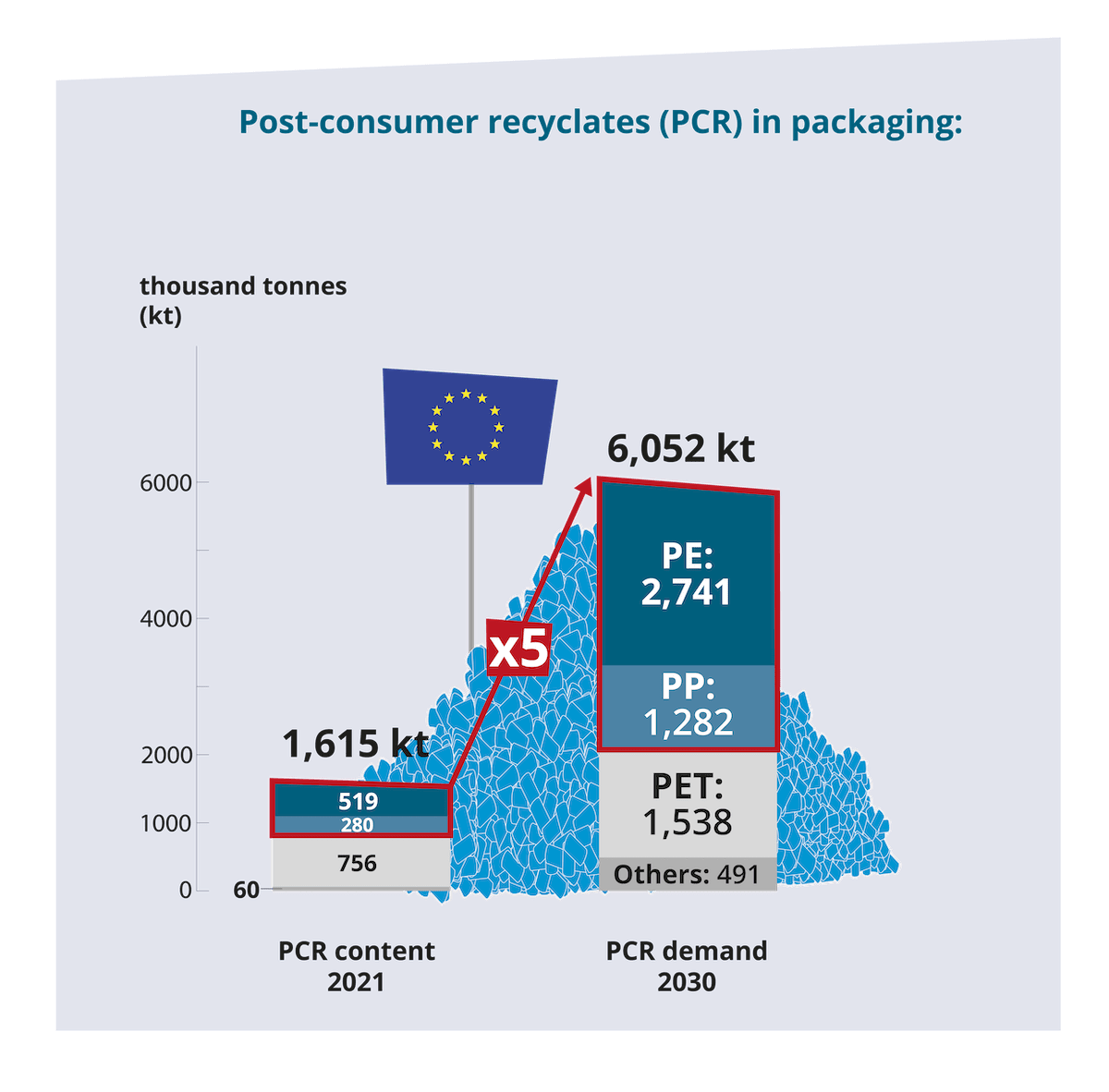
Source: Conversio Market & Strategy GmbH, 2023 (link). PCR demand in 2030 is based on an IC estimate for Germany. Simplifying assumptions: 50% of the processing volumes are contact-sensitive packaging and no company uses more than is legally required by quotas.
Let us introduce a credit system!
The idea is simple. Manufacturers who can use more recycled materials in their products receive credits that they can sell to other manufacturers who cannot yet meet the quota. In this way, we achieve the quota in the overall market, save fossil raw materials and secure supply chains in Europe.
Therefore, please include this concrete amendment proposal in the regulation:
“By 31 December 2026, the Commission is empowered to shall adopt implementing acts establishing the methodology for the calculation and verification of the percentage of recycled content recovered from post-consumer plastic waste, per unit of plastic packaging including a mass balance and credit-based approach, and the format for the technical documentation referred to in Annex VII. Those implementing acts shall be adopted in accordance with the examination procedure referred to in Article 59(3). The requirements set in paragraphs 1 and 2 may also be fulfilled by the use of recyclates of the equivalent amount and polymer type in other products.”
The proposed amendment is supported by:
